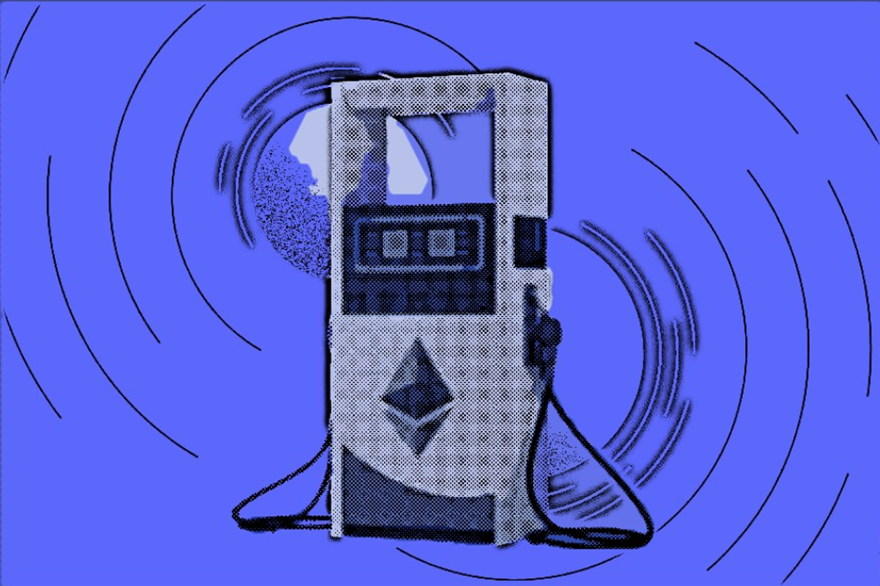Cryptocurrency users have been sharing screenshots of transaction fees on social media platforms, revealing fees as high as $220 for Ethereum transactions and around $100 for others. On the Bitcoin side, users have reported fees of approximately $10 for high-priority transactions. Although this is relatively low compared to Ethereum, the average Bitcoin transaction cost has remained around $1 for the past three months. These fees on Bitcoin haven't been this high since May.

Ethereum Transaction Fees
As of now, BitCrypto Gazette conducted a test transaction on Uniswap, a decentralized exchange on the Ethereum network. Surprisingly, the network cost for a $300 transfer from an Ethereum hot wallet amounts to a staggering $45.65. This exorbitant fee has caught the attention of many, leading proponents of Solana and other blockchains to proudly showcase their significantly cheaper transaction fees. One user on X (formerly Twitter), pointed out that Solana charges only $55-60 per minute for all its users, while Ethereum users are burdened with such high costs for a single transaction. It's no wonder that people are starting to explore other altcoin blockchain options.
The cost of network fees is not fixed and varies depending on the demand and congestion of the network. During bullish markets or when the market sentiment is high, there is usually an increase in on-chain activity, which can have a negative impact on lower-income users. BitInfoCharts reported that transaction costs on Ethereum averaged $11.35 on Nov. 8th, before the fee spike. However, just a few weeks earlier on Oct. 14th, it was as low as $1.40, the lowest level recorded in 2023. Gas fees on Ethereum reached a peak of $196 on May 1st, 2022, while fees remained above $20 between August 2021 and February 2022.
Scale Bitcoin or "on top" of the network?
The developers of Bitcoin and Ethereum have made a conscious decision to prioritize decentralization and security at the foundational level. To make transactions more affordable, they have shifted much of the execution environment to layer 2s. For instance, BTC uses the Lightning Network to scale, while ETH has several layer 2s like Arbitrum, Optimism, and Polygon that are dedicated to making Ethereum faster and cheaper. Although transactions on these layer 2 networks are frequently less than $1, there is some disagreement about whether this is the best approach to scalability.
Justin Bons, founder of Cyber Capital, a renowned cryptocurrency investment firm, firmly asserts that the foundation layer should exclusively serve as the transaction hub. He ardently advocates for the implementation of monolithic blockchain architectures, where consensus, data availability, and transaction execution are seamlessly managed within the base layer. A prime exemplar of this approach is Solana, a blockchain that epitomizes the concept.
In contrast, Bitcoin and Ethereum adopt a modular blockchain framework, which involves delegating certain transactions to a secondary layer. However, skeptics have raised concerns about Solana's occasional network congestion, resulting in intermittent service disruptions. They argue that a modular blockchain design offers a more promising solution to address scalability challenges.
